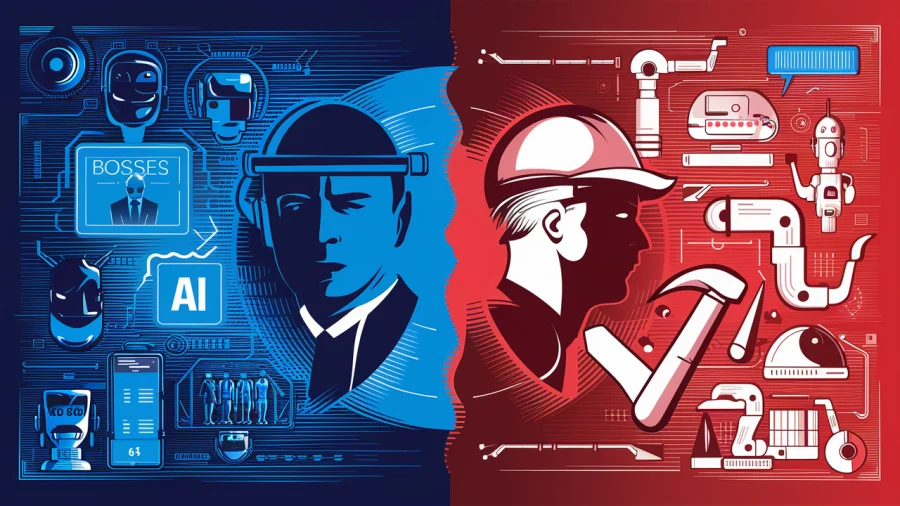This post appears courtesy of the Ferenstein Wire, a syndicated news service. Publishing partners may edit posts. For inquiries, please email author and publisher Gregory Ferenstein.
In a rare and far-ranging interview, Uber CEO Travis Kalanick and Alphabet’s Eric Schmidt sat down to discuss their vision for the future of transportation.
See also: Uber CEO Spells Out His Endgame
At the Summit At Sea gathering in Miami last Friday, Schmidt interviewed Kalanick about the endgame for Uber, transitioning workers after driverless cars, and Uber’s most bizarre tales. I’ve summarized the highlights of the talk in 4 quotes.
(Note: Google is an investor in Uber.)
Shared Cars And Efficiency

If one fully licensed Uber car is out there in a day, you might be sharing one car across 30 or 40 people. instead of having 30 or 40 people having 30 or 40 cars.
— Travis Kalanick, Uber
Futuristic simulations suggest that universal ride-sharing and self-driving cars could radically reduce the impact of car ownership in cities. Cars on the road would be reduced by about 90%, parking structures would open up space for more housing or parks, and pollution would be reduced. Kalanick believes ownership is a massive inefficiency that Uber is out to solve.
“De-manager-ing”

They took all the five managers, demoted them and we had what we called the “disorg,” where no one had a boss. And, everyone was incredibly happy because productivity increased. Shows you how cultures can run when you have empowered people. Many of the initial products, like Ad Words [$50 billion in revenue], came through that process. —Eric Schmidt, Alphabet
Schmidt recalled the early days of Google, when the co-founders asked him to eliminate much of the managerial structure. Initially dismayed, Schmidt argues that the unorthodox move led Google to some of its best ideas.
Now, he says that Google is too big for such radical restructuring, and that products need global management. But, in the beginning, it was helpful to eliminate a lot of managers.
The Strangest Story From Uber
He somehow convinced his wife to get into the trunk —Kalanick
Schmidt asked about Uber’s strangest story and Kalanick regaled the summit-series attendees with an early incident of a passenger who found out that the driver’s wife was in the trunk of the car. Evidently, the new driver didn’t think his wife should be in the car while working, but she refused to get out for fear of being stranded. He convinced her to climb into the trunk, thinking no one would know. “The driver goes to meet the pickup, and the customer has luggage.” (Cue laughter from the crowd.)
Uber found out about the incident, thanks to the the poor one-star review.
Transitioning To Driverless Tech
Because we are in cities, and we’re doing this without autonomous technology, is there a way to optimistically lead through that [transition to driverless technology]? There are easy ideas like vocational training, education and transition periods. This is not just going to happen all at once. These are things you’ll see Uber working on way before the transition actually starts to occur.” —Kalanick
Kalanick and Schmidt have both heavily invested in driverless cars. This puts Uber in the awkward position of phasing out its own contractors. Kalanick argues that nothing can stop driverless cars, but he can help drivers transition to other employment, perhaps through education.
For more stories like this, subscribe to the Ferenstein Wire newsletter here.
Lead photo courtesy of Shutterstock; Travis Kalanick photo by Owen Thomas for ReadWrite

















